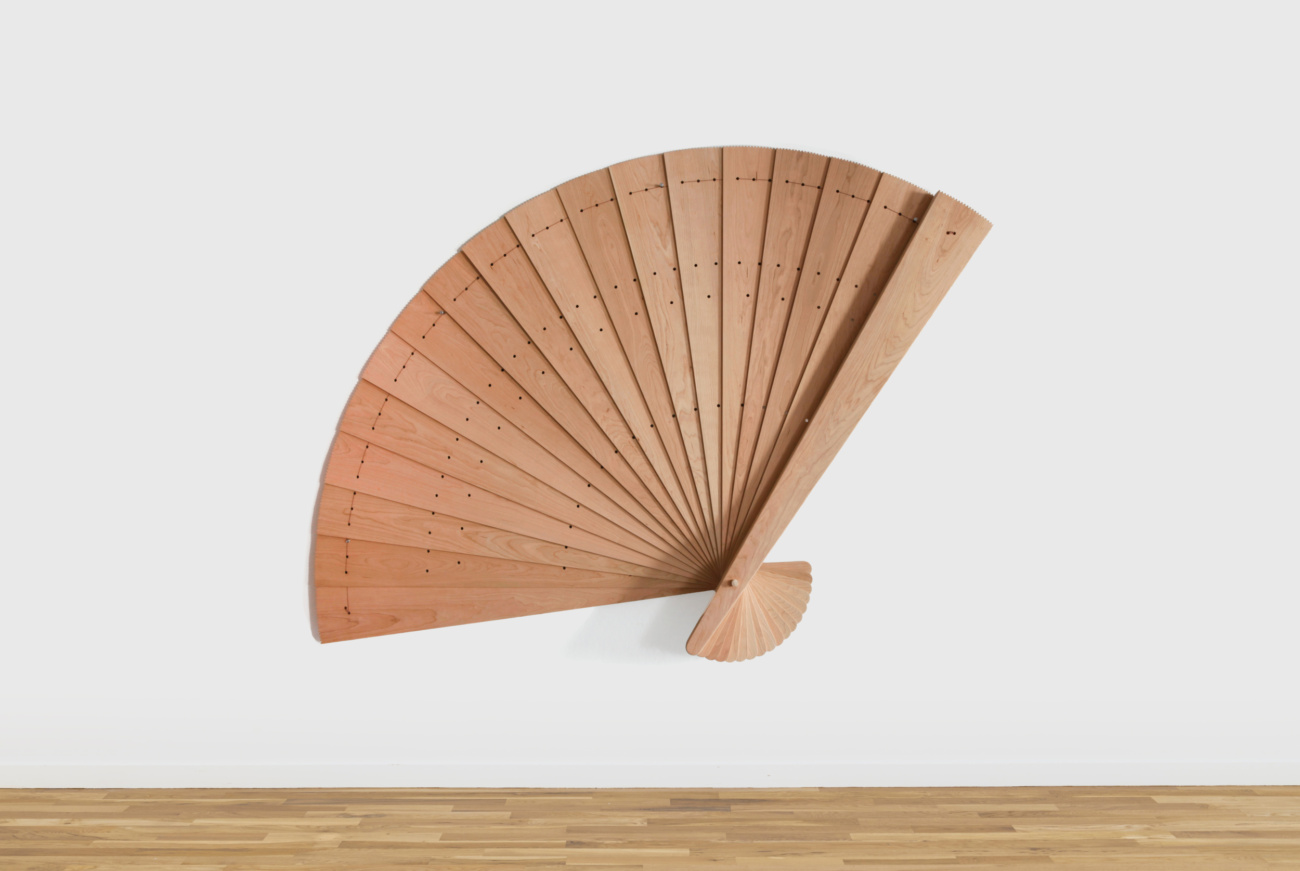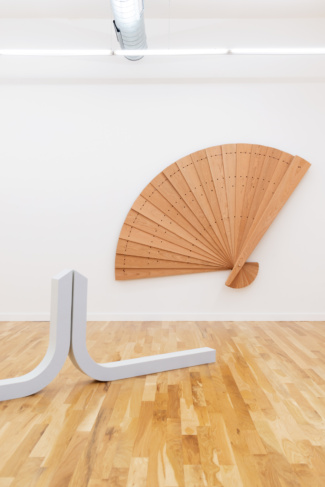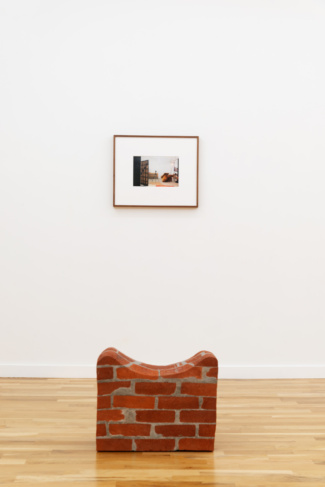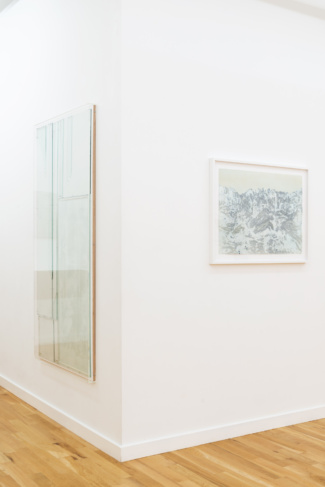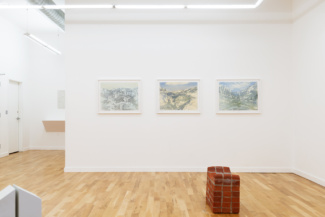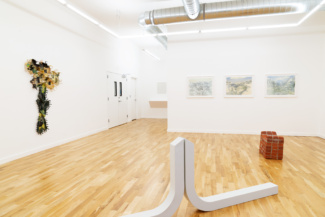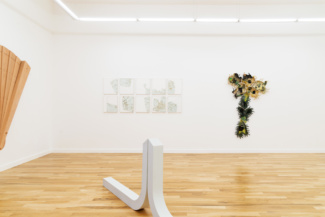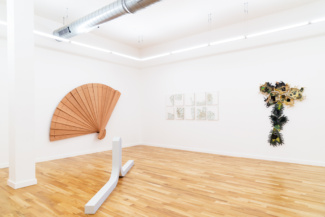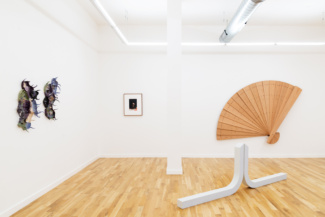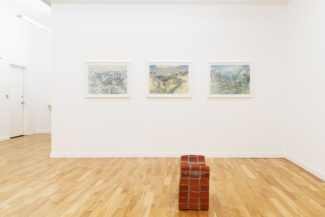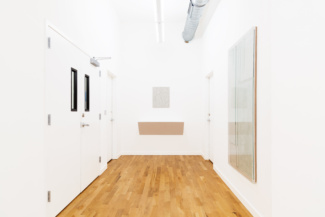





Opening Reception
Friday, January 5
5:00–8:00pm
DOCUMENT is pleased to present Exhibit A, a group exhibition that brings together, for the first time, works by Elizabeth Atterbury (b. 1982, United States), Anneke Eussen (b. 1978, The Netherlands), Gordon Hall (b. 1983, United States), Erin Jane Nelson (b. 1989, United States), Paul Mpagi Sepuya (b. 1982, United States), and Pedro Vaz (b. 1977, Mozambique). The exhibition will open on Friday, January 5, and continue through February 17, 2024.
Borrowed from the lingo of criminal investigations, the title Exhibit A points to the gathering of material presented as proof of something. In this case, it serves as fresh evidence of the possibility of bending the limits of traditional media, as showcased by each artist’s practice and the fact that all the works were produced over the past five years. Additionally, it points to an extensive web of potential synergies between diverse practices. Lastly, this exhibition shows evidence of DOCUMENT’s commitment to a wide range of contemporary and experimental practices over more than 10 years.
In the first series of connections proposed in the show, the works of Eussen, Hall, and Atterbury (particularly in a piece like Anonymous Old Poem) defy the rigidity of the grid by shaping unconventional materials. Eussen’s 2023 series Hold the Line follows in the steps of her 2023 site-specific installation for the GIST Triennale, where she intervened in the broken windows of an abandoned factory; these new works recuperate some of the glass panels while highlighting their cracks and dirt on a novel play on minimalist compositions. Atterbury, on the other hand, uses mortar, plywood, and glue ―typical construction materials― to break and add a manual quality to the grid. Hall also joins the web of connections by summoning architecture, through the arduous task of carving a wall of bricks and giving it a playful sinuous quality that invites viewers to interact by sitting on it.
Jumping in from the realm of sculpture, Erin Jane Nelson’s colorful ceramic works incorporate found objects as well as photographic prints; her organic and lively forms seem to integrate and absorb these vestiges becoming a sort of archive of the contact between nature and humans. Paul Mpagi Sepuya’s photographs from the series Daylight Studio reveal the mechanisms of desire involved in the production of images, adding a contemporary black-queer perspective to the tradition of photo studios beginning in 19th-century European societies. Pedro Vaz explores the tensions between nature and tradition through a group of paintings inspired by the history of the first scientific expedition to Serra da Estrela, Portugal’s famous mountain range; after his own journey to the Serra, Vaz offers his reflections on humans conscious separation from nature and what he describes as our will to act under that estrangement.
Combining photography, sculpture, assemblage, and painting, Exhibit A wishes to celebrate the institutional and growing international exposure of the gallery’s artists, as well as the beginning of an exciting new year of exhibitions.
